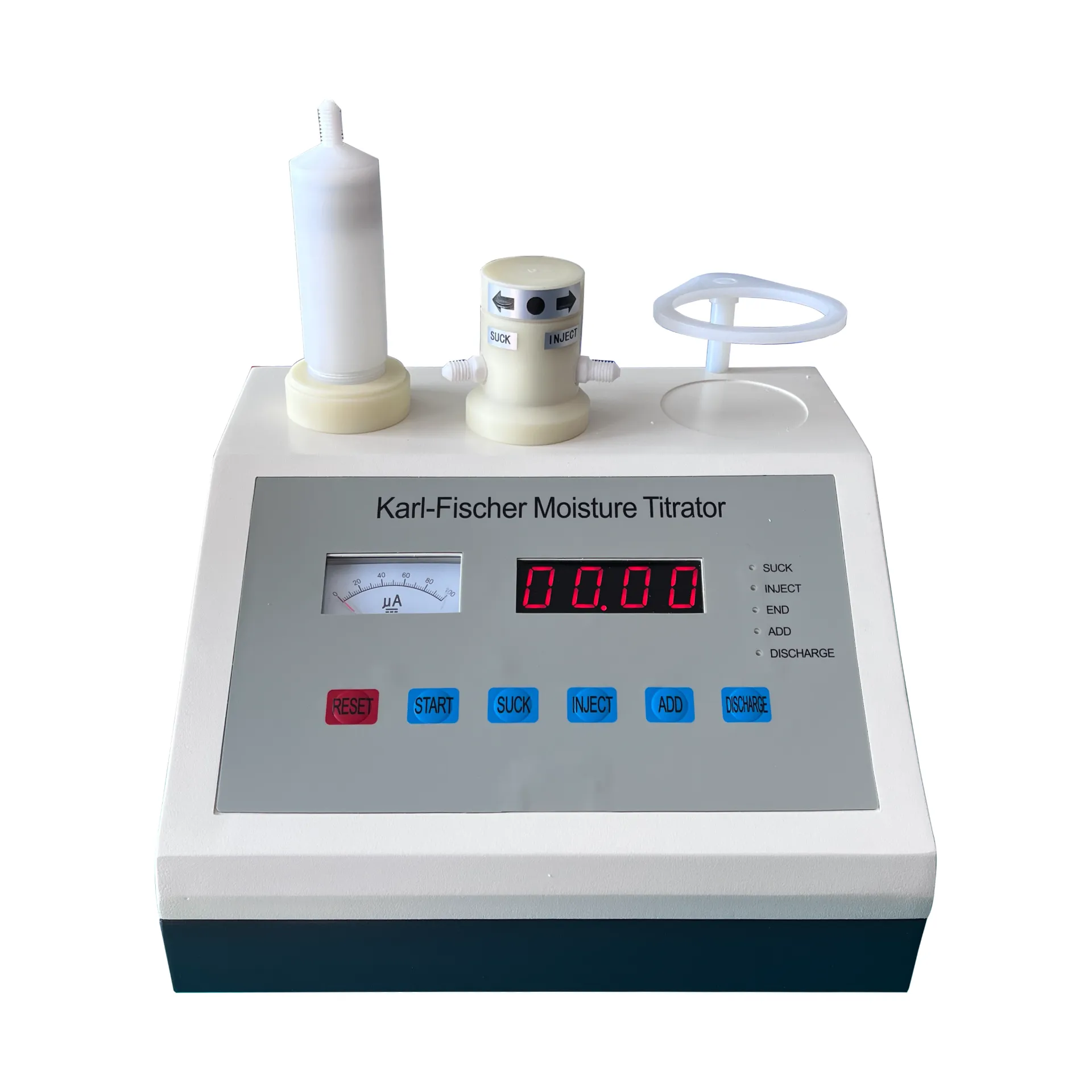 English
English


Understanding Dynamic Absolute Viscosity and Its Importance in Fluid Dynamics
Understanding Dynamic Absolute Viscosity A Comprehensive Overview
Dynamic absolute viscosity is a fundamental property of fluids that describes their internal resistance to flow. It plays a crucial role in various scientific and engineering applications, ranging from fluid dynamics in natural systems to the design and optimization of industrial processes. To truly grasp the significance of dynamic absolute viscosity, it is essential to explore its definition, measurement, influencing factors, and its implications in real-world scenarios.
Definition and Importance Dynamic absolute viscosity is quantitatively defined as the ratio of shear stress to shear rate in a fluid. Mathematically, it can be expressed as
\[ \mu = \frac{\tau}{\dot{\gamma}} \]
where \( \mu \) is the dynamic viscosity, \( \tau \) is the shear stress, and \( \dot{\gamma} \) is the shear rate. This relationship indicates how a fluid responds to applied forces, providing vital insights into its behavior under different conditions.
Dynamic viscosity is a crucial parameter in characterizing fluid flow. For instance, in the field of lubrication, knowing the viscosity of a lubricant allows engineers to predict its effectiveness in reducing friction and wear between moving parts. Similarly, in the food industry, dynamic absolute viscosity influences the texture and mouthfeel of products, affecting consumer acceptance and product quality.
Measurement Techniques The measurement of dynamic absolute viscosity can be performed using various methods. One of the most common techniques involves the use of viscometers, which can be rotational, capillary, or falling ball viscometers. Each method has its advantages and limitations, depending on the fluid's properties and the accuracy required.
dynamic absolute viscosity

Rotational viscometers work by spinning a rod or cylinder in the fluid and measuring the torque required to maintain a constant speed. This method is particularly effective for non-Newtonian fluids, which exhibit varying viscosity under different shear rates. Capillary viscometers, on the other hand, measure the time it takes for a fluid to flow through a narrow tube, providing a direct correlation to viscosity.
In industrial applications, the choice of measurement technique is often dictated by the type of fluid being analyzed and the specific conditions under which it will be used.
Factors Influencing Viscosity Several factors influence the dynamic absolute viscosity of a fluid, including temperature, pressure, and the presence of solutes or additives. Generally, an increase in temperature results in a decrease in viscosity for liquids, while gases show an increase in viscosity with rising temperature. This behavior is primarily due to the kinetic activity of molecules, which becomes more pronounced at higher temperatures, facilitating easier flow.
Pressure also plays a role, particularly in incompressible fluids like liquids. An increase in pressure tends to result in higher viscosity as the molecules become more densely packed, thereby resisting flow. Additionally, the molecular composition of a fluid, including the size and shape of its molecules, can significantly affect its viscosity. Polymers and colloids, for instance, may exhibit non-Newtonian behavior, complicating the flow characteristics.
Applications Across Industries Dynamic absolute viscosity is critical across various domains. In the oil and gas industry, for example, viscosity impacts the efficiency of pumping fluids through pipelines and influences drilling operations. In the pharmaceutical sector, it determines the formulation and stability of liquid medications. Even in environmental science, understanding the viscosity of water bodies can aid in modeling the dispersion of pollutants.
In conclusion, dynamic absolute viscosity is a vital fluid property that informs a wide range of applications. Its measurement and understanding are essential for engineers, scientists, and researchers working in diverse fields. As we continue to explore new materials and respond to evolving technological challenges, the significance of viscosity remains at the forefront of fluid dynamics, shaping not only industry practices but also our understanding of natural systems.
-
Differences between open cup flash point tester and closed cup flash point testerNewsOct.31,2024
-
The Reliable Load Tap ChangerNewsOct.23,2024
-
The Essential Guide to Hipot TestersNewsOct.23,2024
-
The Digital Insulation TesterNewsOct.23,2024
-
The Best Earth Loop Impedance Tester for SaleNewsOct.23,2024
-
Tan Delta Tester--The Essential Tool for Electrical Insulation TestingNewsOct.23,2024





